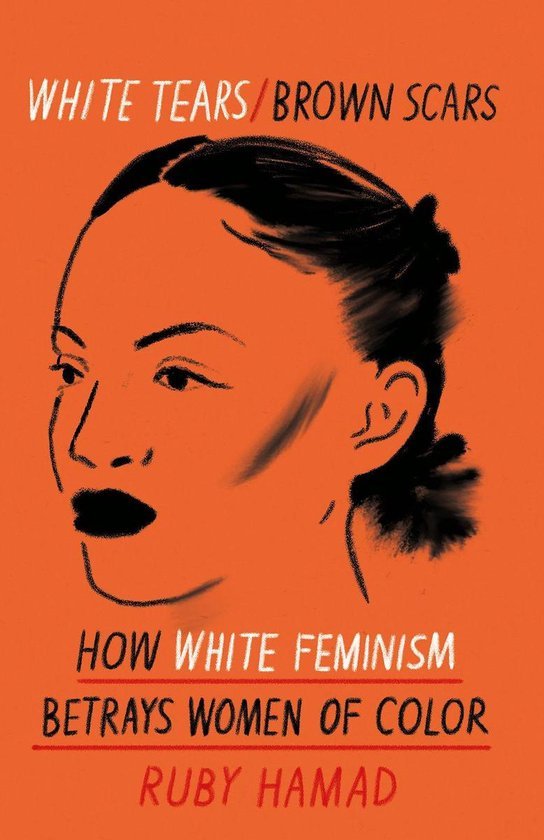Book Review: 'White Tears/Brown Scars' – Examining Feminism and Racial Dynamics
BY RUBY HAMAD
I have always identified as an outspoken feminist, yet I’ve struggled with fully embracing the word "feminism." This discomfort stems from how the term has been co-opted and appropriated by white women, diluting its original intent and centering their experiences while sidelining those of marginalized communities. White Tears/Brown Scars by Ruby Hamad is a powerful and essential read for anyone who has ever felt uneasy about white feminism. It provides a deeply insightful examination of how white women have historically weaponized both their gender and their race, and how this has perpetuated systems of white supremacy and patriarchy.
Hamad takes a bold and unflinching look at the ways white feminism has been complicit in oppression, illustrating how it has often served as a tool to uphold, rather than dismantle, systems of inequality. She carefully outlines how white women, while navigating their own oppression under patriarchy, have simultaneously played a key role in enforcing racial hierarchies.
This duality—existing both as the oppressed and the oppressors—is central to the book's thesis. Hamad sheds light on how white women leverage their gender identity to demand solidarity from women of color, only to center themselves in feminist movements and reinforce whiteness as the standard.
One of the most compelling aspects of this book is its exploration of how white women’s tears have been weaponized throughout history. Hamad delves into the phenomenon of white fragility, examining how displays of vulnerability are often used to manipulate and dominate people of color. These tears are not innocuous; they serve as a form of emotional coercion, shifting the focus to white women’s discomfort while erasing the experiences and voices of those they claim to stand beside. This tactic, as Hamad illustrates, is a continuation of colonial strategies used to maintain power and control.
Hamad also traces white women’s complicity in colonial violence. The concept of "maternal colonialism," for instance, highlights how white women were actively involved in the removal of Indigenous children during colonization. This was justified under the guise of "saving" these children—a narrative rooted in the paternalistic and racist belief that Indigenous families were incapable of properly caring for their own. The book also critiques white women’s support for imperialist wars in the Middle East, where the liberation of women was cynically used as a pretext for military intervention, furthering the destruction of these communities under the banner of feminism.
Throughout White Tears/Brown Scars, Hamad explores how whiteness has been normalized as the default within feminist movements, conditioning all of us—women of color included—to prioritize the comfort of white women. This conditioning not only perpetuates harmful stereotypes but also reinforces a hierarchy within feminism itself, where the voices and needs of marginalized women are pushed to the periphery.
For women of color, this book is a validation of our experiences that are often dismissed or gaslit within mainstream feminist spaces. It speaks to the frustration of being called to participate in movements that claim to be inclusive but are, in reality, designed to serve white women’s interests first. Hamad does not shy away from naming the harm caused by this dynamic, nor does she offer easy solutions. Instead, she challenges readers to confront the uncomfortable truths about how race and gender intersect in ways that shape our world.
As a reader, White Tears/Brown Scars forced me to reevaluate my understanding of feminism and the ways I have participated in or been complicit with systems of oppression.
For further reading, consider exploring:


